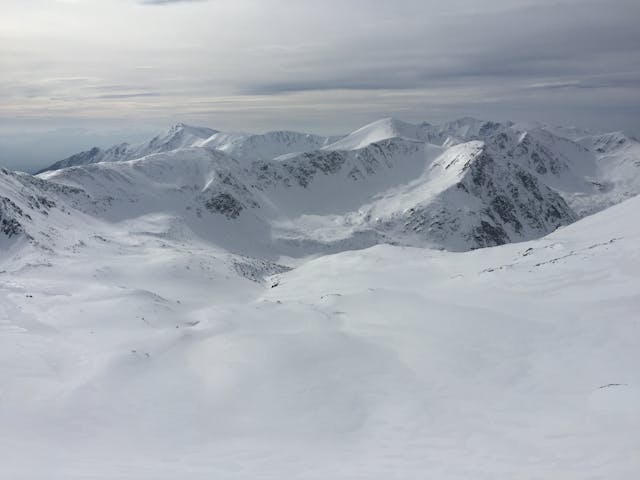
How many ice ages have there been? There have been five major ice ages through the history of our planet, but there have been several smaller ones as well.
What is an ice age? An ice age is a period in time where the global temperature falls to the point where water freezes and ice forms across large parts of the globe. Ice ages don’t just last a few years or a few hundred years. The major ice ages lasted for millions of years. We are currently on the edge of an ice age that has been going on for two and a half million years. There is no specific number or percentage to qualify ice as an ice age, but there needs to be enough ice to cover significant parts of the Northern and Southern Hemispheres.
The first ice age was over two billion years ago. You might think that there is no way of knowing whether or not there was an ice age so long ago, but geologists have their methods. The first way is by looking at rocks and sediment. Ice ages move rocks to odd places and the ice sheets scratch and scrape rocks and rock faces. They also leave a particular kind of sediment that can be detected in ice cores and at the bottom of the oceans. There is also fossil evidence. The distribution of fossils shows what the climate was like at the time those animals died. If there are lots of fossils of animals that only survive in warm climates in the far north and south, then we can assume that the climate was warm. If there are fossils of animals that can only survive in cold climates down towards the equator, then we can be pretty sure that the climate was cold and there was an ice age.
There are various causes of an ice age, but, obviously, global temperatures drop. Ice begins to build up, starting at the poles, and slowly heads further towards the equator. Ice will flow as well, so as more ice builds up, the edges get pushed on towards the equator. Ice sheets will build up until they are several km thick. An ice age brings about enormous changes in the world. Sea levels drop because a lot of the water is frozen up in the ice sheets. Sea levels drop so far that whole new areas of land are exposed. Mountains are carved into cliffs, rivers are rerouted, and canyons are carved out of the land. The ice sheets are also so heavy that they compress the land underneath them. Even today, some places on Earth are rising because they are slowly springing back from the last ice age. Plants are forced to the areas with no ice and often animals as well.
There have been five major ice ages. The first was the Huronian ice age, from 2.4 to 2.1 billion years ago. The second was the Cryogenian, from 850 to 635 million years ago. This is before there are even animals, plants, or trees on the land. The third ice age was the Andean-Saharan ice age, from 460 to 430 million years ago. There are some plants, mostly ferns, on the land and land animals start to evolve just after the end of this ice age. The fourth was the Karoo ice age, from 360 to 260 million years ago. The first dinosaurs evolved just after the end of this ice age. And the fifth ice age is the Quaternary, which started 2.6 million years ago and is still ongoing.
Ice ages come and go, but when they do go, there is a sudden jump in the number and variety of lifeforms that evolve. Evolution always speeds up after an ice age disappears. After the Andean-Saharan ice age, trees, plants, and land animals evolved. After the Karoo ice age, dinosaurs and a variety of other life forms evolved. That does make sense because the majority of life flourishes in a warm climate. It is just easier for living beings to survive in a warmer climate than it is in a colder one.
The temperature doesn’t have to drop much for an ice age to start. During many of the ice ages, the global temperature was only about 6℃ lower than it is today. That doesn’t sound like a lot, but it is enough to cover everything in ice. That is something to think about with our current rapidly rising global average temperature. If 6 degrees down can cause such devastation, what will six degrees hotter do? And this is what I learned today.
Try these:
Sources
https://www.history.com/articles/ice-age
https://en.wikipedia.org/wiki/Ice_age
https://www.space.com/ice-ages-on-earth-could-humans-survive
Photo by Alex Niemczyk: https://www.pexels.com/photo/landscape-photography-of-mountain-covered-by-snow-783796/
